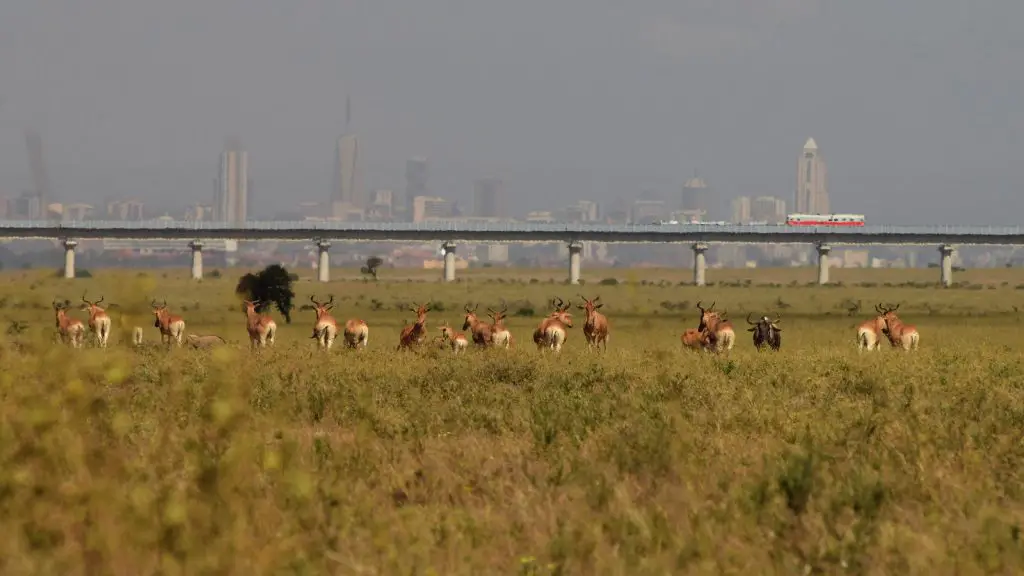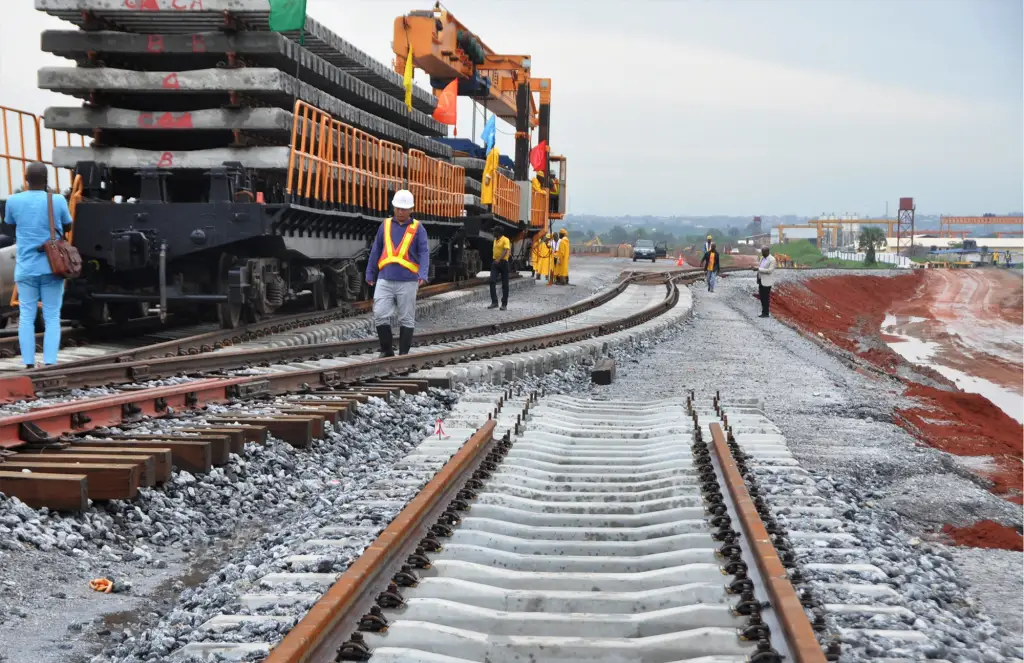Across the continent to West Africa where we find one of Africa’s largest economies, Nigeria. Here we find another railway deal gone bad, the $500 million Lagos – Ibadan railway.
In a similar manner to Kenya’s SGR debacle with China, which resulted in Kenya sinking heavily into debt that it simply cannot afford to pay and restructure, Nigeria is now finding a similar fate.
According to the country’s Director General for Nigeria’s Debt Management Office (DMO) Patience Oniha, when making a deal with China, ‘…the Chinese determine the cost of projects, give us loans tied to the projects and the projects must be executed by Chinese firms alone.’
It is alleged that not only does China force importation of even the smallest of laborers but also all the equipment and guess where they are imported from? Yes, China.
It is further argued that by so doing, China is using these so-called development loans to solve its huge unemployment crisis and to create a market for its exports.
Who would sign such a deal? Well, the blindfold is in the extremely low-interest rates that China charges. When the deal brokers see bolded letters reading ‘low interest rate as low as 2.5 percent’ they are fooled.
When a deal has seven-year tenure, the 2.5 percent becomes obviously insane and when the rooster come home to roost, that is when the country realizes the foul play. The Nigeria China debt tends to favor China in the manner in which the loan repayments are made, leaving Nigerian states to deal with a massive burden of debt repayment.
Consider this:
Between 2010 and March 31, 2020, 11 of such loans have been obtained from the China Exim Bank. They all have a seven-year moratorium, 20 years tenor and obtained at 2.5 per cent interest rate, with varying maturity dates.
In an article titled ‘Messing Up Nigeria With Chinese Loans’ Nigerian writer Yemi Adebowale paints the grim picture:
“The law requires procurements to undergo a competitive bidding process to ensure that the government and the people get value for money. It only exempts procurements for emergencies. The Chinese bypass this law by insisting that projects tied to their loans must be executed by Chinese firms and our government agrees. There are numerous exploitative dangers associated with such agreements.”
A solution to this “China Africa bad contract” dilemma would be for African governments to empower their private sectors to take on these large national development projects. The only real reason that keeps African companies from securing these tenders is arguably the lack of necessary finances.
With large financial bodies like the African Development Bank, this is no longer an excuse. With funding from the AFDB, the private sector can have the need for financial muscle to take on these projects.
The only thing to outsource would be the equipment and high-level experienced staff. Which brings us to another of Africa’s development nightmares, poor investment in high-level learning.
While Africa produces some of the brightest professionals at earlier stages of learning, as soon as they travel abroad for higher learning they are poached. Understandably so, why not take a higher salary in a country with better social-economic infrastructure?
So Africa is left without the needed manpower at the higher professional levels, and as a result, it is forced to import experienced laborers. This means that Africa’s development project end up costing even more than they ever would have if at the very least Africa could provide its own manpower at all levels of the project. (link)
Read Also: Nigeria oil industry on brink of collapse
A lesson from Kenya
Barely two months ago, Kenya’s National Treasury asked parliament to allow it some USD $940 million dollars to make its latest installment to pay to China.
What was the money for? Kenya’s Standard Gauge Railway project and the said amount covers interest and principal installments invested by the Chinese government and other entities including the Chinese Exim Bank and the China Development Bank.
Now Kenya wants China back on the discussion table to revisit the terms because the debt, particularly the interest, is just not sustainable. So it is no surprise that the Kenyan law makers want a seat down with their Chinese counterparts.

Worse still, as the Nigerian writer pointed out, when the feasibility studies are conducted, the true nature of the projects and the related risks are not brought to light. Well why would they? I mean if I am hoping to make money from the project wouyld I really tell you that if we go ahead with the project you will lose money? No, I would bury that part of the report and let you believe you have a good deal.
Now Kenya is facing the horror, the shallow graves have been uncovered, the SGR is not making as much money as was projected.
“You see, the plan was for the railway to carry goods from the Mombasa port into landlocked Africa. What was not planned for was other East African countries making their own plans.”
How could that be missed? The study that Kenya (with Chinese support) conducted failed to uncover that Tanzania planned to build its own SGR to ferry goods from its own Dar es Salaam port to the same landlocked countries that Kenya was aiming for.
Or that Uganda, Kenya’s main target, would choose to use the more affordable SGR? Or even, as it is the case now, decide to forego the SGRs all together and instead use road transport for its goods.
That’s not the end of the crisis, internally, Kenya is facing lash back from truck drivers who are complaining of losing business to the SGR.
Also Read: Kenya seeking ‘way out’ of China SGR debt











